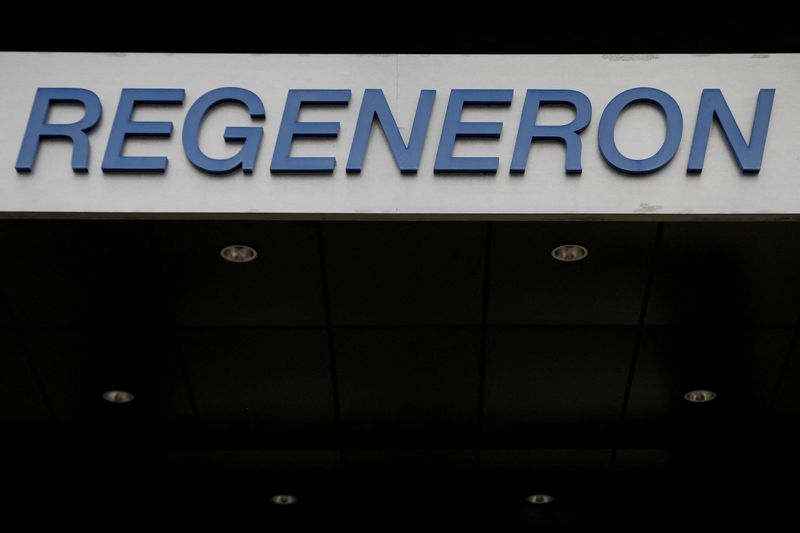Follow us on LinkedIn
What is compounding?
Compounding refers to the process of increasing the value of an asset or investment based on the interest earned on its principal amount and its accrued interest. Usually, compounding consists of calculating the interest on the carrying value of the investment for each period. The carrying value of the investment is the sum of its principal amount and its accrued interest till that point.
Compounding is a concept used with Time Value of Money to calculate the future value of investments based on their present values. Similarly, compounding is common in calculating the compound interest of loans or investments based on their principal amounts.
What is compound interest?
Compound interest refers to interest calculated based on the principal amount and any subsequent interests from loans. In other words, compound interest is the interest calculated by multiplying the applicable interest rate with the initial principal value and accumulated interest from any prior periods. Less commonly, compound interest is also known as “interest on interest”.
Compound interest is an alternative way to calculate interest as opposed to simple interest. Simple interest, in contrast, is the interest calculated by multiplying the initial principal amount of a loan or investment with the applicable interest rate. It does not consider any subsequent interest earned from the loan. Therefore, with simple interest, the number of interest payments does not matter while with compound interest, they do.
Compounding formula
Compounding is the process of calculating the future value of the compound interest of a loan or investment. The formula used to calculate compound interest is as follows.
FV = PV x (1 + i)n
In the above formula, ‘FV’ represents the future value of the loan or investment after the compounding effect. ‘PV’ denotes the present value of the loan or its principal value. ‘i’ represents the interest rate of the loan. Finally, ‘n’ is the number of compounding periods. Usually, both the ‘i’ and ‘n’, or the interest rate and the number of periods are annual.
Example
A bank provides loans to its customers for which they have to pay an annual interest rate of 5%. Customers can obtain a loan of $100,000, which they have to repay in 6 years. Based on the above formula, the future value of the repayment that its customers must return will be as follows.
FV = PV x (1 + i)n
FV = $100,000 x (1 + 5%)6
FV = $134,010
Customers can also calculate the compounding effect by manually adding the accrued interest at the end of each period to the carrying value of the loan and multiply it with the applicable interest rate. Therefore, the calculation will look as follows.
| Period |
Carrying value before interest |
Interest on CV |
Carrying value after interest |
|
1 |
$ 100,000 |
$ 5,000 |
$ 105,000 |
|
2 |
$ 105,000 |
$ 5,250 |
$ 110,250 |
|
3 |
$ 110,250 |
$ 5,513 |
$ 115,763 |
|
4 |
$ 115,763 |
$ 5,788 |
$ 121,551 |
|
5 |
$ 121,551 |
$ 6,078 |
$ 127,629 |
|
6 |
$ 127,629 |
$ 6,381 |
$ 134,010 |
Conclusion
Compounding is a concept used in the calculation of the future value of the compound interest of a loan or an investment. Compounding works by multiplying the applicable interest rate with the sum of the principal amount and accrued interest of an investment based on the total number of periods for which it stands.
Further questions
What's your question? Ask it in the discussion forum
Have an answer to the questions below? Post it here or in the forum




